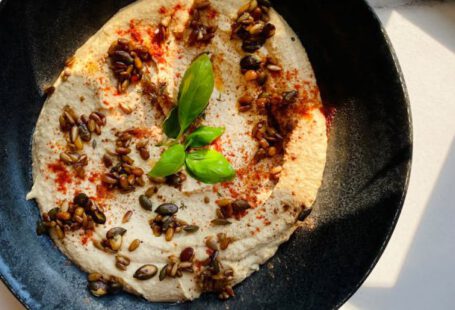Are you looking to add a personal touch to your fabrics while also reducing waste? Look no further than your kitchen! With a little creativity and resourcefulness, you can create beautiful, natural dyes for your fabrics using kitchen waste. Not only is this a sustainable way to dye your fabrics, but it also allows you to experiment with different colors and tones that are unique to your own creations. In this article, we will explore how you can make natural dyes from common kitchen waste items, giving your fabrics a fresh and eco-friendly makeover.
**Utilizing Avocado Pits and Skins**
Avocados are not only delicious and nutritious but also great for creating natural dyes. The pits and skins of avocados can be used to produce a range of pink hues, from pale blush to deep rose. To make an avocado dye, start by saving up your avocado pits and skins. Once you have a sufficient amount, chop them into small pieces and place them in a pot with enough water to cover them. Simmer the mixture for about an hour, stirring occasionally. Strain out the solids and allow the liquid to cool before submerging your fabric in the dye bath. The longer you leave the fabric in the dye, the deeper the color will be.
**Harnessing the Power of Onion Skins**
Onions are a staple in most kitchens, and their skins can be repurposed to create a rich, golden dye for your fabrics. To make an onion skin dye, collect a generous amount of onion skins and place them in a pot with water. Bring the mixture to a boil and let it simmer for at least an hour to extract the color. Remove the onion skins and submerge your fabric in the dye bath. For a darker shade, leave the fabric in the dye for an extended period. Onion skin dye is perfect for achieving warm, earthy tones on your fabrics.
**Creating Vibrant Turmeric Dye**
Turmeric is a vibrant spice that can also be used as a natural dye for fabrics. To make a turmeric dye, mix turmeric powder with hot water to create a paste-like consistency. Add this paste to a pot of water and bring it to a simmer. Once the mixture is ready, strain out any solids and let the liquid cool. Submerge your fabric in the dye bath and let it sit for as long as needed to achieve your desired shade of yellow. Turmeric dye is perfect for adding a pop of color to your fabrics.
**Exploring the Possibilities of Beet Dye**
Beets are not only a nutritious vegetable but also a great source of natural dye. To make a beet dye, chop up beet roots and simmer them in water for about an hour. Once the color has been extracted, strain out the solids and let the liquid cool. Submerge your fabric in the dye bath and let it soak to achieve shades ranging from pale pink to deep burgundy. Beet dye is perfect for creating a range of pink and red hues on your fabrics.
**Embracing the Beauty of Natural Dyes**
Using natural dyes from kitchen waste is a rewarding and sustainable way to add color to your fabrics. Not only are you reducing waste, but you are also creating unique and environmentally-friendly pieces. Experiment with different kitchen waste items and dyeing techniques to discover the endless possibilities of natural dyeing. So next time you’re in the kitchen, don’t throw away those avocado pits or onion skins – instead, use them to create beautiful, one-of-a-kind fabrics that reflect your creativity and eco-consciousness.





